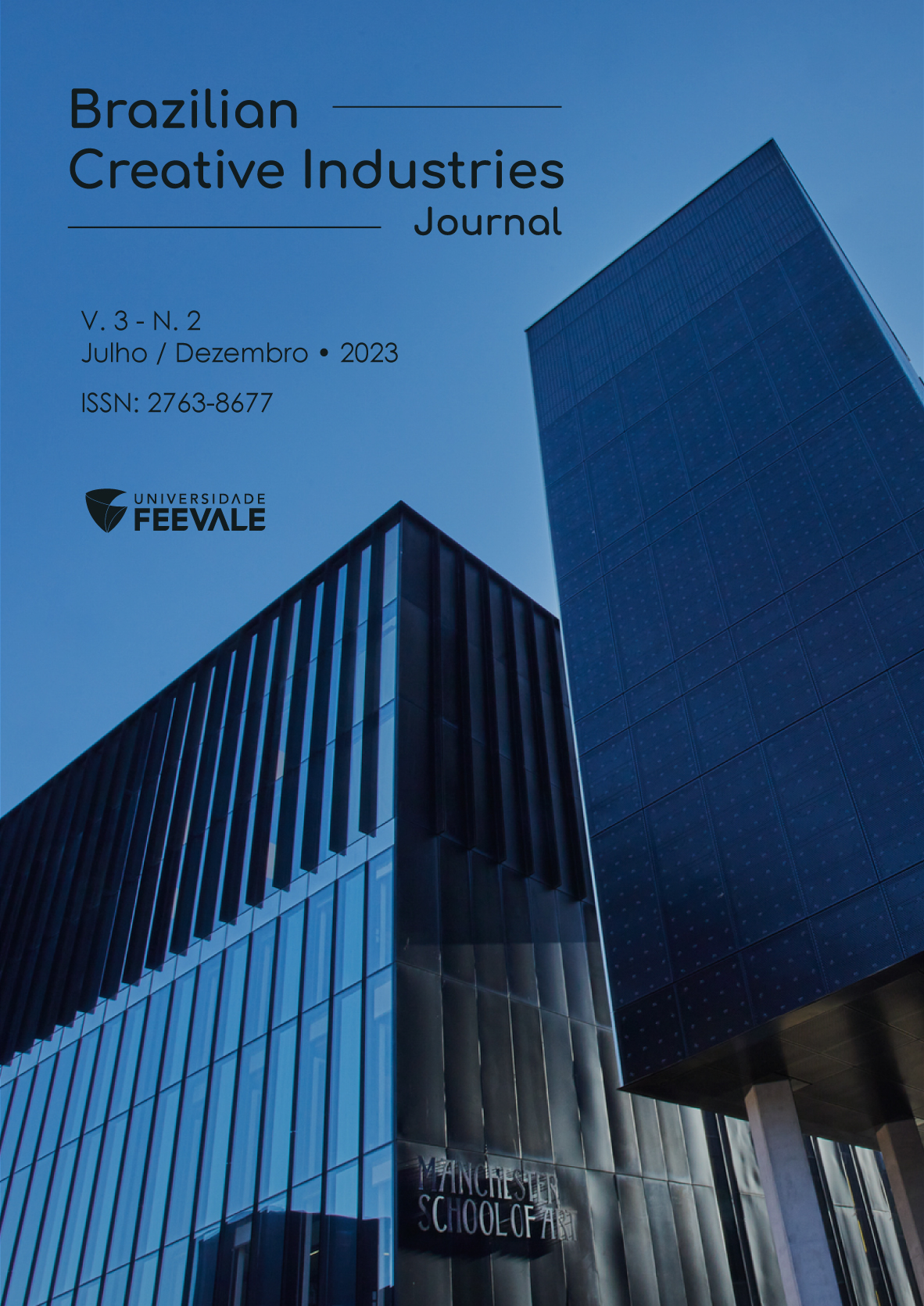ADDRESSING DIVERSITY AND INCLUSIVITY IN SOUNDSCAPE RESEARCH, DEVELOPING METHODOLOGIES FOR UNDER- AND NON-REPRESENTED PARTICIPANTS
DOI:
https://doi.org/10.25112/bcij.v3i2.3542Resumo
Soundscape research has often struggled to deal with multidimensional phenomenological perception of the sound environment. When teaching sound related studies and conducting soundscape research, often little or no consideration is given to addressing the diversity of participants taking part in the class or study. For example, there is often no consideration made of a participant's hearing ability, with many of the standard methods and practices emphasising and assuming ‘normal’ hearing. There have been some studies with consideration of hearing impairment, but aural diversity is not all about impairment, diversity of unimpaired listeners can often be related to ‘quite basic mechanisms like pitch detection’ (DAVIES 2019). The consideration of diversity in soundscape research creates a further epistemological problem of perception. This paper discusses the author’s experience from their practice based research to start addressing the issues of inclusivity and diversity, suggesting how the creative industries can adapt existing methods and be at the forefront of new methods including gamification, social data collection and analysis, implementation of VR and AR in community studies, along with the consideration of adapting soundwalking into ‘soundsitting’, which can both raise awareness of the sound environment and obtain phenomenologically rich empirical data from inclusive and diverse under- and non-represented participants.
Downloads
Publicado
Como Citar
Licença
Copyright (c) 2023 Neil Spencer Bruce

Este trabalho está licenciado sob uma licença Creative Commons Attribution 4.0 International License.


